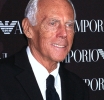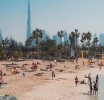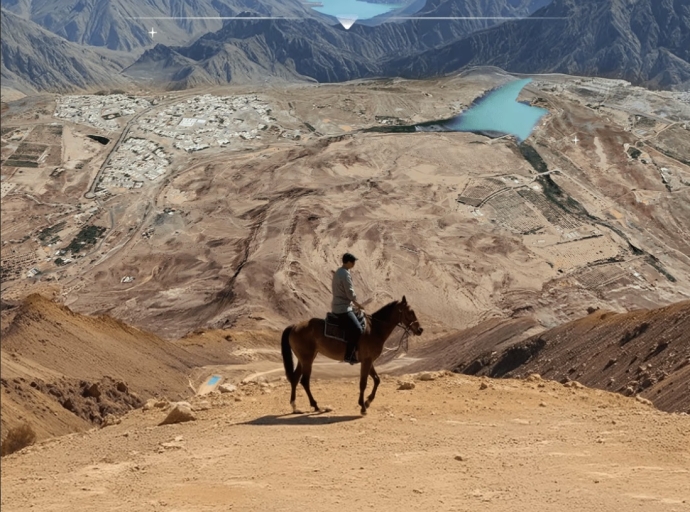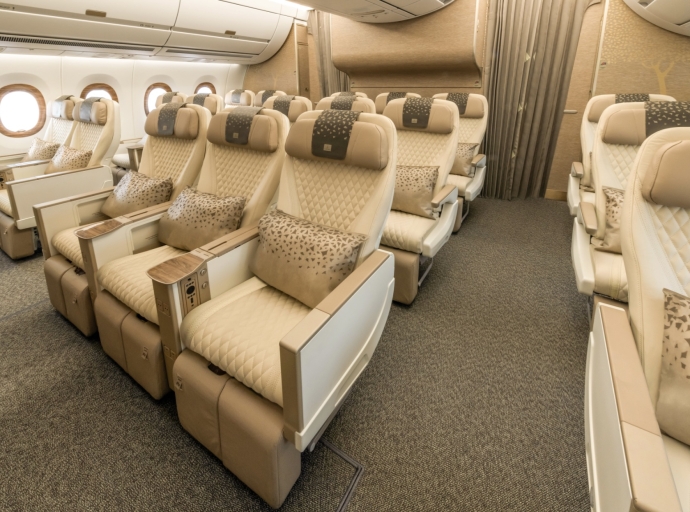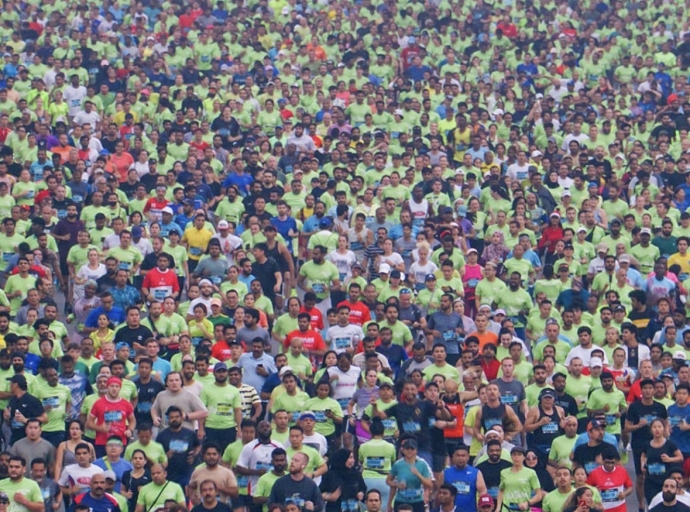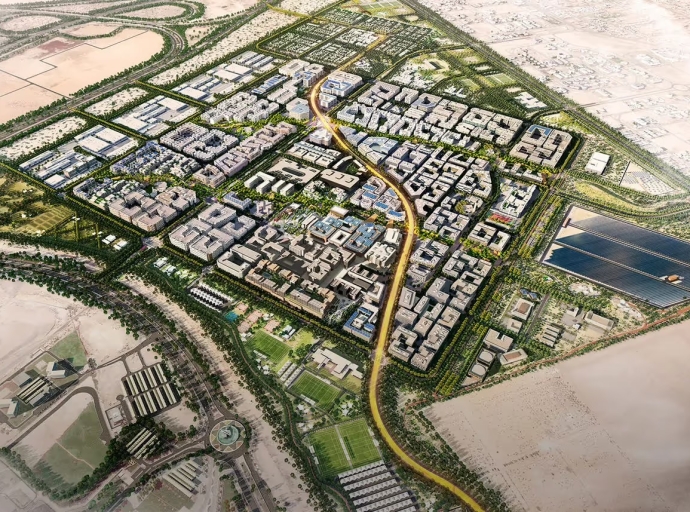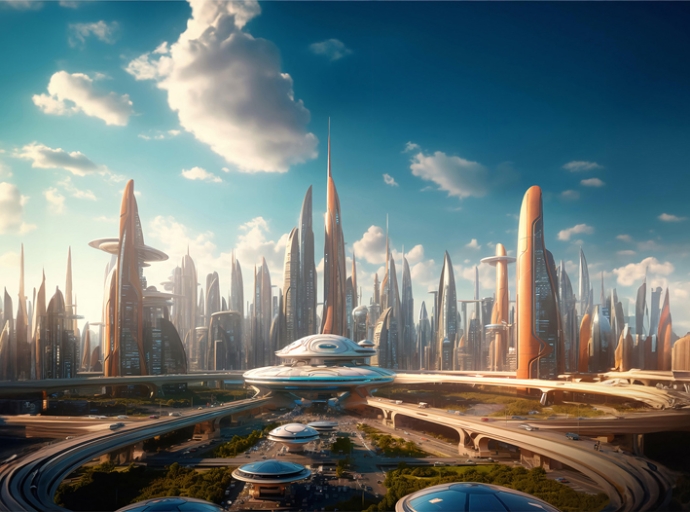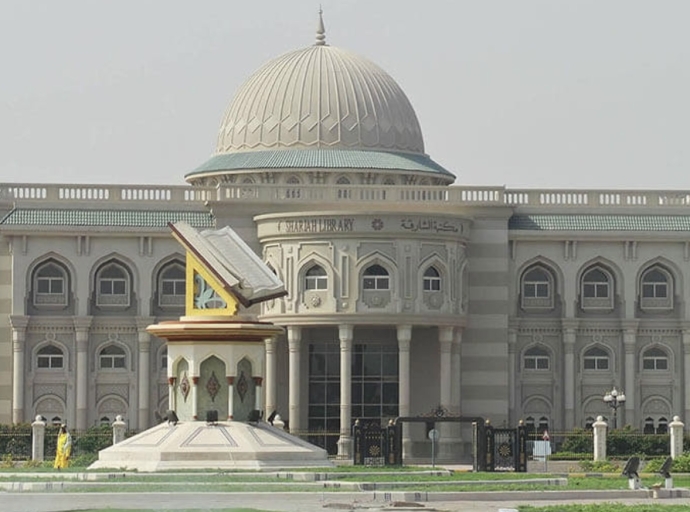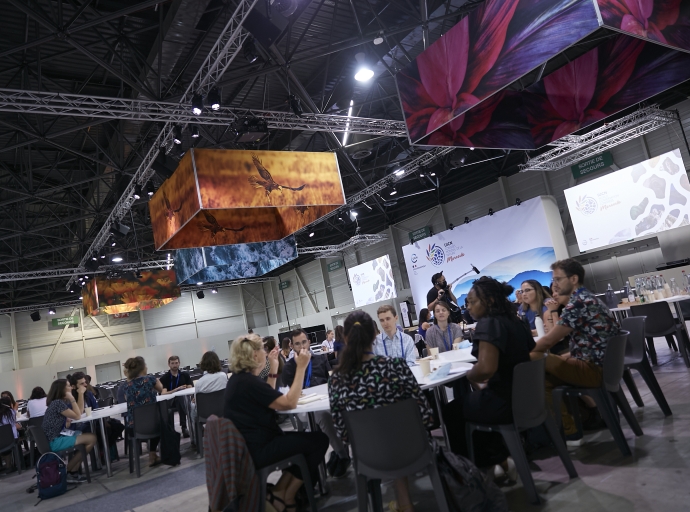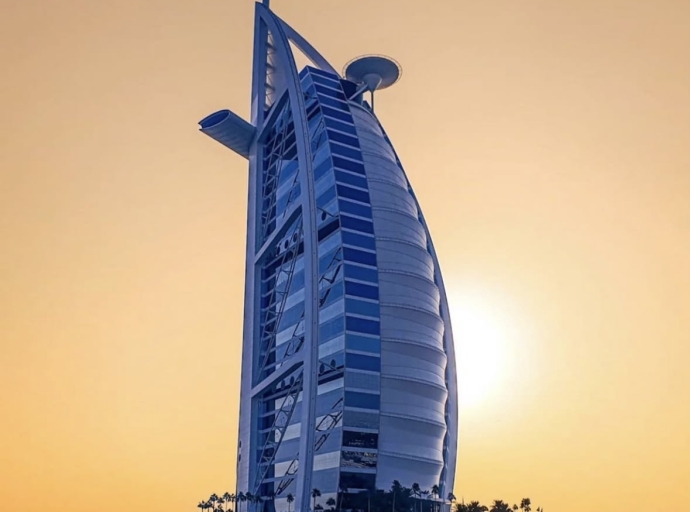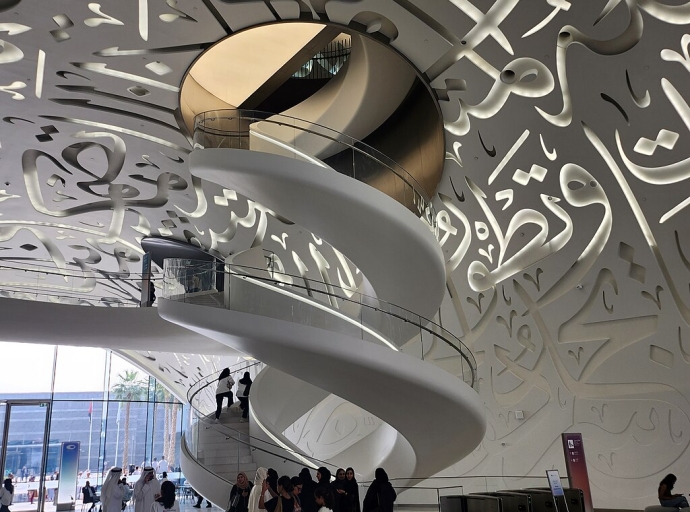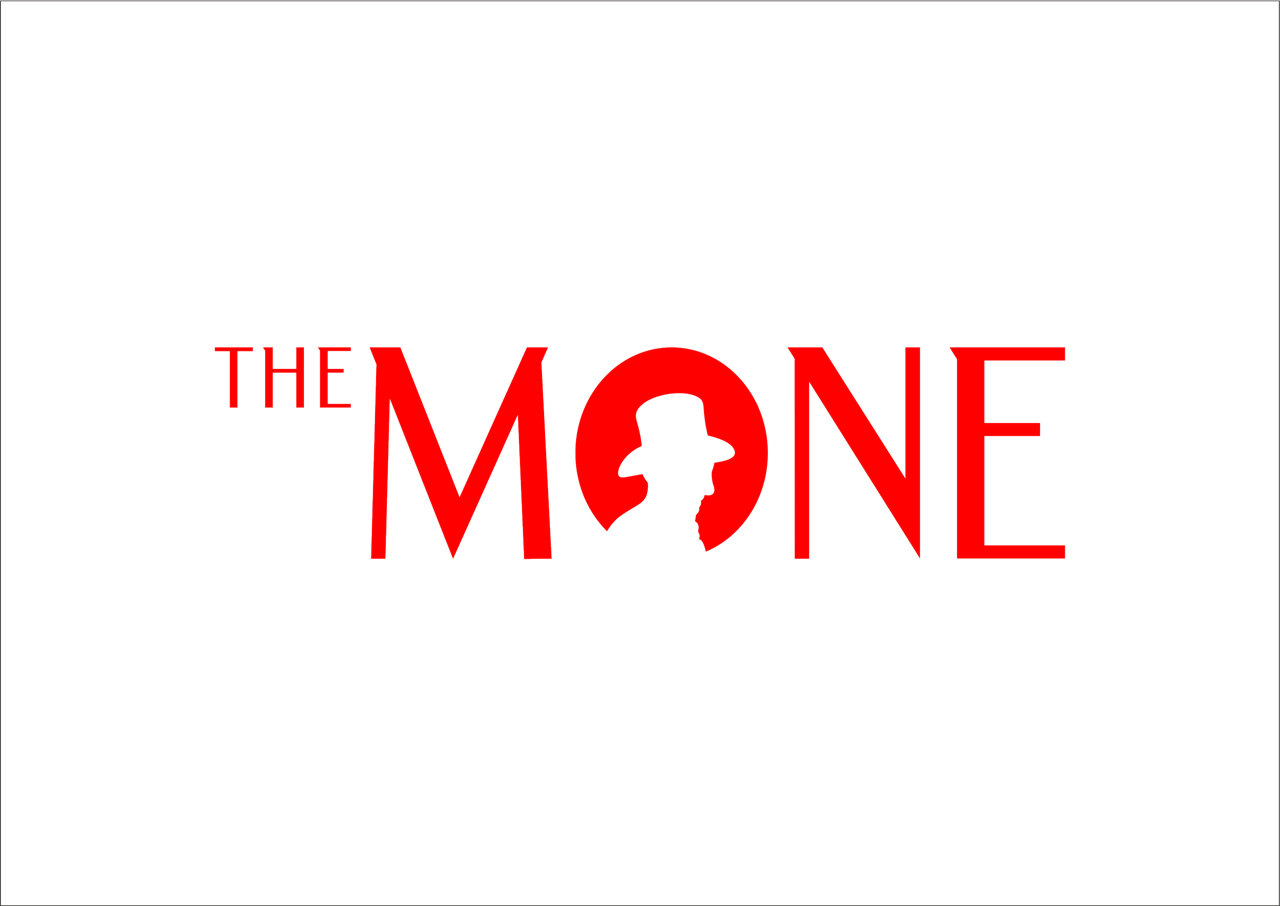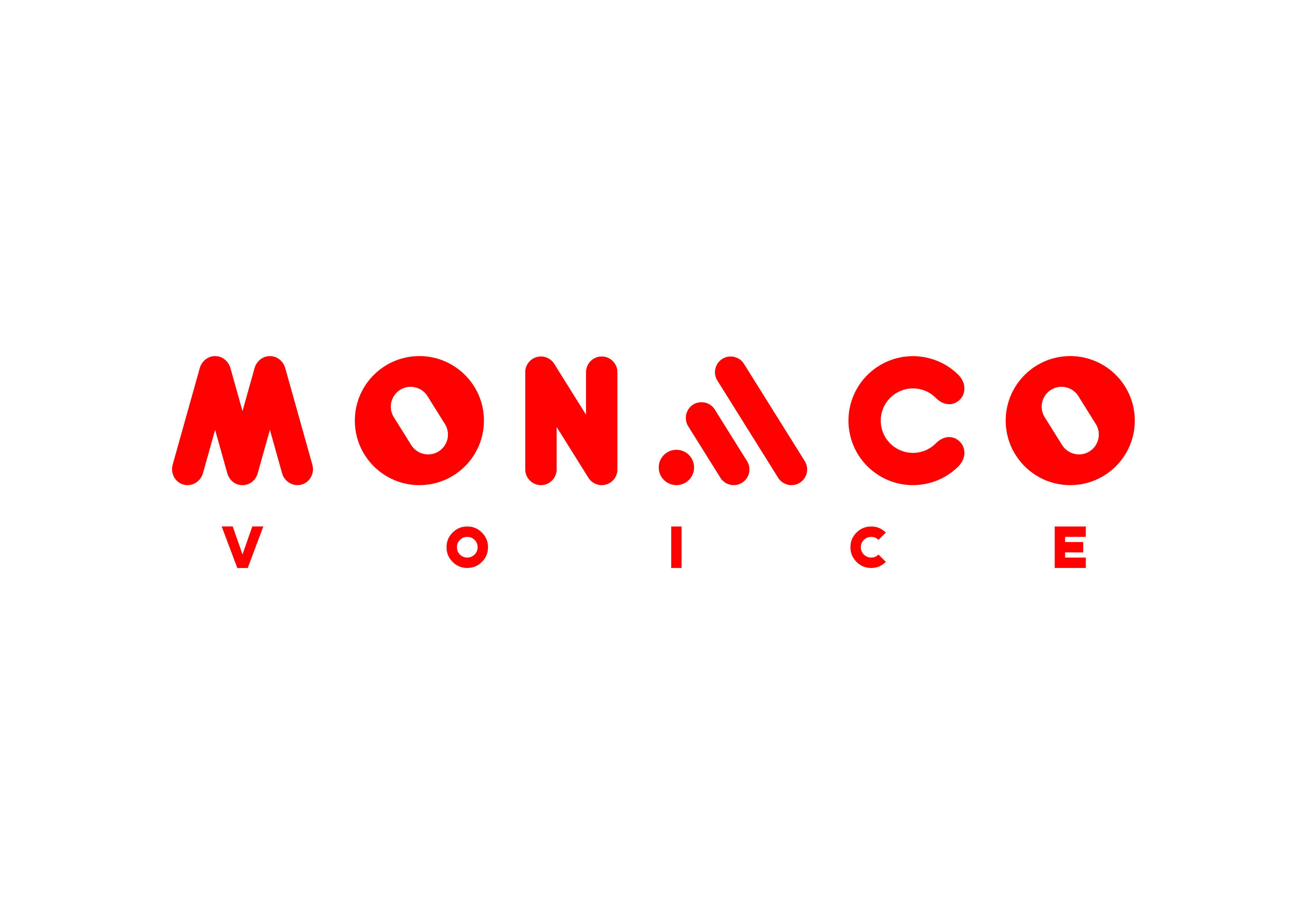Dubai Municipality has officially inaugurated the first sand equestrian track in the mountainous enclave of Hatta, marking a significant milestone in the region’s ongoing development as a premier tourism and leisure destination. The initial phase of the track spans 2.54 kilometres in length and three metres in width, designed to offer equestrian enthusiasts a safe and immersive riding experience amid Hatta’s distinctive natural landscape.
The project is part of a broader strategic initiative led by the Supreme Committee to Oversee the Development of Hatta, aligning with a comprehensive regional development plan aimed at enhancing the economic and recreational infrastructure of the area. The new equestrian facility exemplifies Dubai’s commitment to expanding its tourism offerings while supporting local economic growth and the aspirations of Hatta’s residents.
According to Bader Anwahi, CEO of the Public Facilities Agency at Dubai Municipality, the track has been constructed to meet international safety and quality standards. “The sand equestrian track in Hatta has been developed to international standards, providing horse riders with a safe and distinctive way to experience the region’s unique mountainous landscape,” Mr. Anwahi said. He emphasized that the project is intended not only to promote equestrian sports but also to preserve the cultural heritage of horsemanship, an integral aspect of Emirati identity.
The track is expected to contribute to a diversification of leisure activities in Hatta, fostering new economic opportunities particularly for small and medium-sized enterprises engaged in equestrian services, retail, hospitality, and tourism sectors. By attracting both local and international visitors seeking authentic adventure experiences, the initiative aims to bolster the local economy and reinforce Hatta’s status as a scenic and promising destination within the United Arab Emirates.
Visitors to the track can either bring their own horses or rent horses locally, enabling riders of varying skill levels - from amateurs to professionals - to enjoy the trail while taking in panoramic views of the surrounding mountains. This new infrastructure complements Dubai Municipality’s broader goals of enhancing quality of life and positioning Dubai as a leading global city for residents and tourists alike.
The sand equestrian track in Hatta marks a tangible step forward in the emirate’s vision for integrated regional development, blending heritage preservation with economic diversification and sustainable tourism growth.
Photo credits: Government of Dubai Media Office


